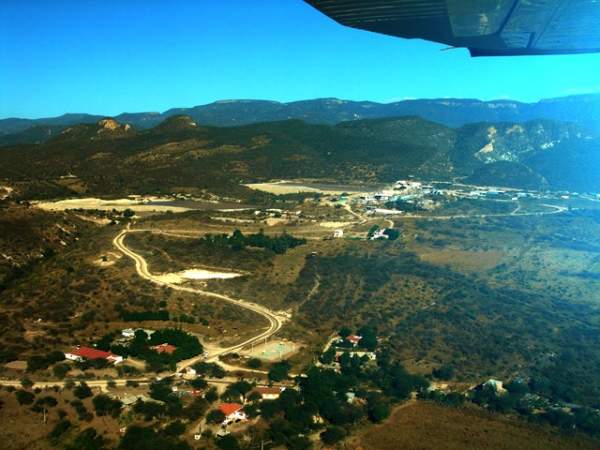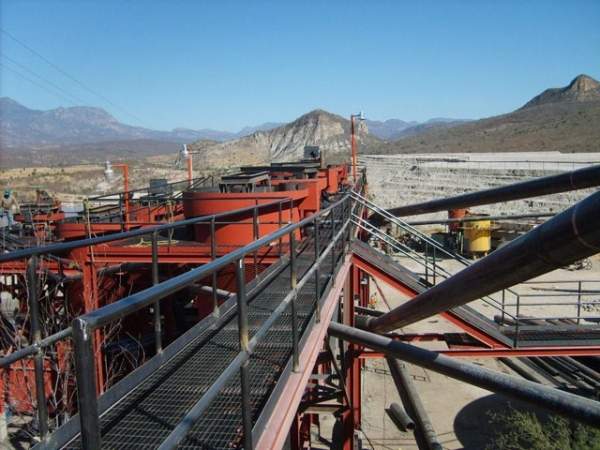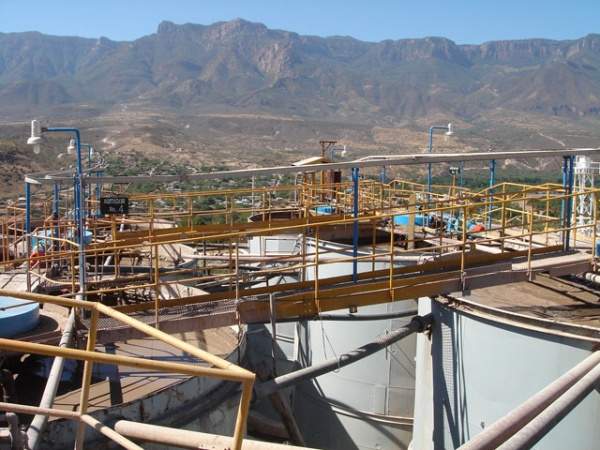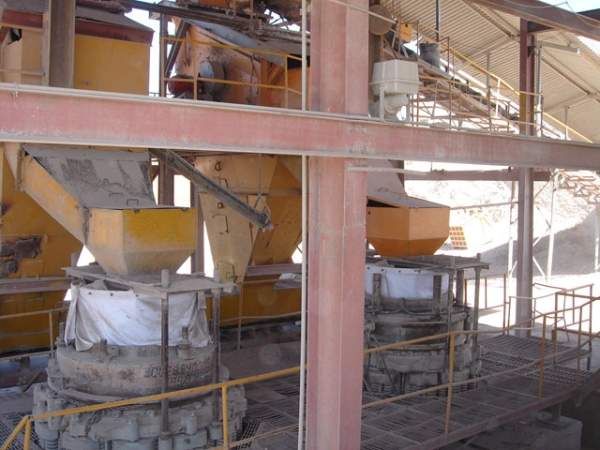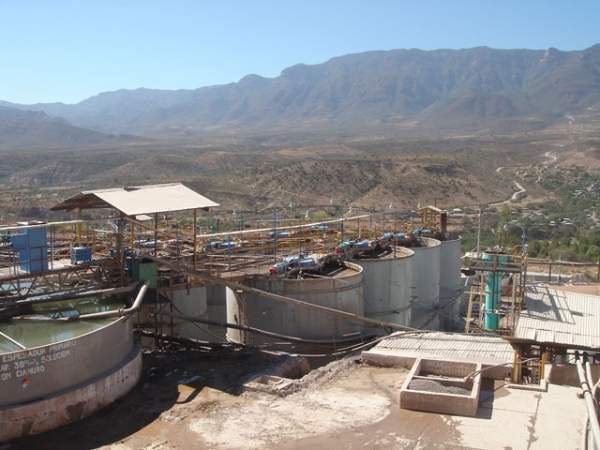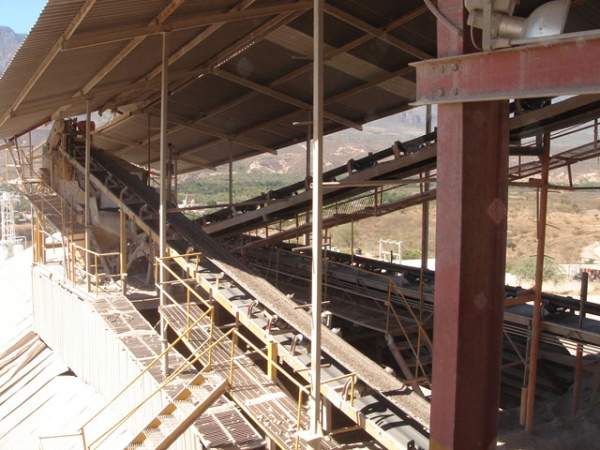San Martin silver mine is situated 250km northwest of Guadalajara, the capital city of Jalisco state, Mexico. The 7,840ha mine is wholly owned by Canadian mining company First Majestic Silver Corporation (First Majestic) and operated by Star Core International Mines of Canada. It was acquired by First Majestic in September 2006.
A 500tpd floatation circuit was built at the mine in February 2008 at a cost of $1.1m to process sulphide ore. The circuit however remains non-operational due to low market prices of zinc.
Reserves at the San Martin silver mine
Proven and probable reserves of the San Martin mine as of July 2011 are estimated at 586,318 tons (t) graded at 2.29g/t Au and 39g/t Ag.
Measured resources are estimated at 9,115t graded at 1.62g/t Au and 6g/t Ag. Indicated resources are 83,405t graded at 1.62g/t Au and 8g/t Ag. The mine contains inferred resources of 1.31 million tons (mt) graded at 2.37g/t Au and 27g/t Ag.
Geology of the surrounding area
The San Martin mine lies in the Sierra Madre Occidental volcanic terrain situated near the US-Mexican border.
The terrains are differentiated by tertiary age volcanic rocks that comprise andesitic sequence of tertiary age and an upper rhyolitic sequence of middle tertiary age.
San Martin is believed to be mineralised due to the late Miocene volcanic disruptions. The mine is centred on the Zuloaga vein which is along the east-west curving normal fault zone. The vein is spanned to a strike length of 3km and depth of 400m.
It is the most explored and developed vein in the mining district and has contributed to half of the silver produced to date in the district.
Three additional veins namely La Blanca, Condensa and Rosario are found in the mining district.
Mineralisation of the Sierra Madre Occidental volcanic terrain
The silver mineralisation contained by the Zuloaga formation at San Martin is enclosed by rhyolites and capped by andesites of the Guasima formation. The mineralisation is hosted in sup-parallel veins and faults of three main structural systems namely Zuloaga, Rosario-Condensa and Plomosa.
The ore extracted from the Zuloaga vein contains oxidised mineralisation with indigene silver, acanthite and chlorargyrite. Sulphide ore is also identified at the deepest levels of the Zuloaga vein along with galena, sphalerite, pyrite and calcite.
Production
Production at the mine commenced in 1983. The average annual production to date has reached 1.2moz of silver. The production in 2010 stood at 1.23moz of silver.
Mining
Underground techniques are being used to extract the precious metals from San Martin. The underground drilling and blasting are carried out by jackleg drills and aluminium nitrate and fuel oil (ANFO) explosives respectively.
Loading and hauling is done by ten to 13 haul trucks and scoop trams. The dump material from the mine is excerpted using a Komatsu WA 320 front-end loader and carried to a portable screening plant to produce fine ores.
Majority of the oxidised ore is being extracted from the Zuloaga vein. The development has involved six main drifts namely San Jose, Santa Maria, Ballenas, Cangrejos, San Pablo, San Juan and San Carlos located at different levels. In addition, three more drifts namely Pinolea, San Carlos and La Escondida are partially developed.
Production from the La Blanca vein will begin soon through overhand shrinkage stopage method.
Ore processing
The stockpiled ore is transported by 22t dump trucks to the San Martin mill located 13km away from the mine. The mill was designed for a throughput of 800tpd. The throughput was increased to 900tpd in December 2008 through an expansion.
The ore is crushed to high degree of fineness in three stages by using jaw crushers. The fine ore is ground in two stages in ball mills and a tower mill. The ground ore undergoes cyanide leaching in counter current decantation (CCD) circuit.
A gravity separation circuit comprising of two falcon concentrators and a vibrating Wilffley table reclaims coarse grains and sulphides that are stripped in the cyanidation circuit and transfers the solution to merrill-crowe zinc precipitation circuit.
Silver and gold are precipitated in the merrill-crowe zinc precipitation circuit by adding zinc dust. The precipitates are transferred to a smelter which removes the zinc and other dust collection to produce pure silver doré bars for exporting.

